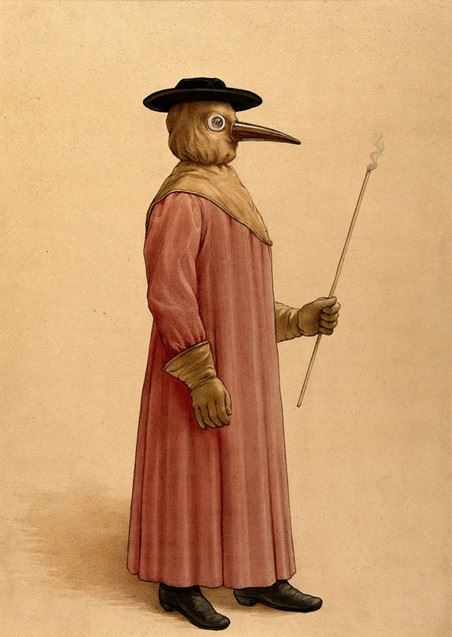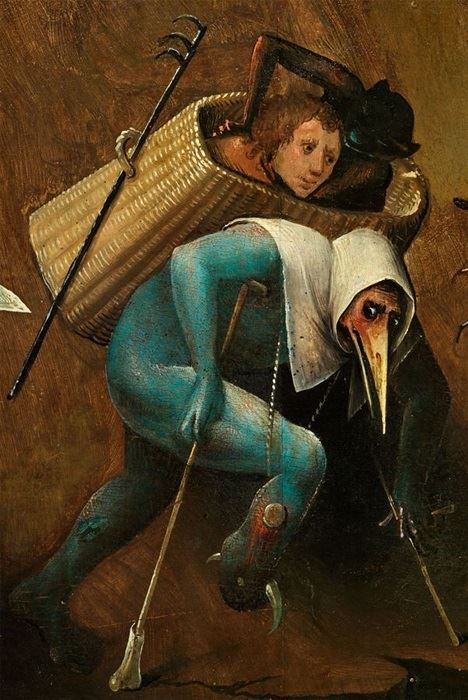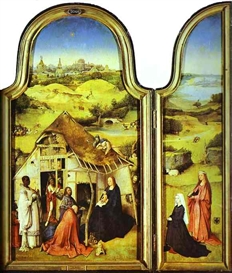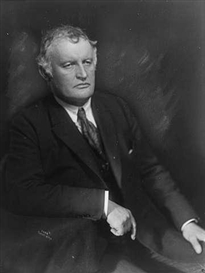The Art of Plagues Past
ÔÇ£Art as a kind of documentation of certain dark spells in humanityÔÇÖs history can, in a lot of ways, be much more enlightening than that of simply reading written accounts.ÔÇØ
Benjamin Blake Evemy / ║┌┴¤▓╗┤‗ý╚
22 Oct, 2021

“Art as a kind of documentation of certain dark spells in humanity’s history can, in a lot of ways, be much more enlightening than that of simply reading written accounts.”
Unknown Artist, A Physician Wearing a Seventeenth Century Plague Preventive Costume, 17th century, medium unknown, The Wellcome Collection, London
Due to the COVID-19 pandemic, the current time that we live in is significantly different to that of even two years ago. The obvious thing that comes to mind, after the very real possibility of catching a deadly virus, are the physical restrictions, and, perhaps in a lesser part, the psychological implications that have come with those. But what is less discussed is the more existential side. Humankind has felt considerably safe and lived with a relatively good degree of certainty since the Second World War ended. Car wrecks and cancer were the crops that death reaped prematurely. But, at least in the Western world, there was never any real threat from simply stepping out of the front door. History does not seem so far away now. Pestilence has swooped back into our lives on insidious wings, and, at the core, has changed the way we view everything. Our world is no longer the stable and secure place that we once thought it was. And this means that we can now gaze upon paintings depicting times of past plagues with eyes that no longer solely commiserate, but also relate. Almost a little too well.
Hieronymus Bosch, The Last Judgment (detail), c.1482, oil on oak, Gemäldegalerie der Akademie der bildenden Künste (the Academy of Fine Arts Vienna)
The Black Death ripped through Europe during medieval times, rendering a third of its population to cadavers. A not uncommon profession during this period was that of the “plague doctor.” Their masks, resembling that of an anthropomorphic bird, have fascinated many since their disease-ridden inception. Long-beaked to contain sweet-smelling herbs, and aptly-colored in black, they have become a widespread symbol of the Black Death. Whether they were actually used during the plague is questionable, although there was certainly evidence of their existence, or at least conception, in the seventeenth century. French doctor, Charles de Lorme designed the plague doctor costume in 1619, which, along with the long-beaked mask, consisted of an ankle-length waxen cloak, a wide-brimmed black leather hat, gloves, boots, and a stick for keeping the potentially afflicted at a safe distance, as well as pointing during examinations and undressing patients. Interestingly, the iconic doom-inspiring facial covering has since become known as a Hieronymus Bosch mask. This is obviously due to the fact that the Dutch painter often depicted strange humanoid birds in his wonderfully macabre pieces.
Arnold Böcklin, Plague, 1898, tempera on fir wood, Kunstmuseum Basel
Swiss-born symbolist painter Arnold Böcklin possessed quite the obsession with war, pestilence, and death. This is exemplified by his 1898 piece, simply titled Plague. Death sweeps through a narrow-paved street on a bat-winged creature, his scythe held aloft as the afflicted fall faceless in his shadow. It is an apt portrayal of the impersonal nature of disease.
Edvard Munch, Self-Portrait after the Spanish Flu, 1919, oil on canvas, Munch-museet (Munch Museum), Oslo
The Great Influenza epidemic of 1918 has drawn many comparisons to the COVID-19 pandemic of 2020. Like this current outbreak, and all plagues and pandemics in general, the Spanish flu did not discriminate, killing around 50 million in only two years. People from all walks of life were affected, including those from the art world, and, thankfully, for the posterity of mankind, they documented the troubled time with brush and canvas. Edvard Munch was one of those artists.
Serious illness was a subject that shadowed The Scream’s creator throughout his troubled life, and he created many visceral pieces due to its obstinate influence. His mother, as well as his favorite sister, were both struck down prematurely by tuberculosis — the same disease that almost took Edvard himself. So, naturally, when he came down with the Spanish flu during the epidemic, he wasted no time in setting up the easel. The subsequent results were Self-Portrait with the Spanish Flu and Self-Portrait after the Spanish Flu. The latter depicts the artist lethargic and dejected, staring blank-faced at the viewer in what is certainly not a celebration of the triumph over death.
Egon Schiele, The Family, 1918, oil on canvas, Österreichische Galerie Belvedere (Belvedere Gallery), Vienna
The story behind Egon Schiele’s The Family, which depicts Schiele, his wife, and a baby, is one of the most tragically poignant in the history of art. Schiele was at the peak of his career in 1918, having enjoyed his first truly successful exhibition. It was not the only first that he was smitten with; his wife Edith was also pregnant with their first child. The Austrian painter never finished the painting, as on the night of October 28, six months expecting, his wife and unborn child perished from the Spanish flu. Schiele succumbed to the same disease merely three days later, on All Hallows’ Eve.
Schiele’s untimely demise was foreshadowed by that of another’s – Gustav Klimt’s. On February 7 of the same year, Schiele had visited the Vienna General Hospital morgue to draw a series of three portraits of the deceased Austrian symbolist painter. Klimt had suffered a fatal stroke that was surmised to have been brought on by the Spanish flu. Schiele’s resulting portraits serve as a kind of death mask of his fellow artist.
Anthony van Dyck, Saint Rosalie Interceding for the Plague-stricken of Palermo, 1624, Metropolitan Museum of Art, New York
When Flemish Baroque artist Sir Anthony van Dyck moved from the north-western Italian city of Genoa to Palermo in 1624, he soon found the Sicilian city rife with plague. During the subsequent quarantine, van Dyck created six paintings depicting Saint Rosalia, the city’s patron saint. Almost four hundred years later, citizens of the same city invoked “Rusulia” to protect them against the deadly effects of COVID-19.
Art as a kind of documentation of certain dark spells in humanity’s history can, in a lot of ways, be much more enlightening than that of simply reading written accounts. The emotional intensity that manifests in paintings can be felt just as strongly countless years after the fact. In some distant time there will be citizens of a world beset by yet another period of plague that will be looking upon pieces created during the COVID-19 pandemic, and feeling a profoundly personal resonance from what they see immortalized upon the canvas.
For more on auctions, exhibitions, and current trends, visit our Magazine Page

 ARTISTS
ARTISTS

















